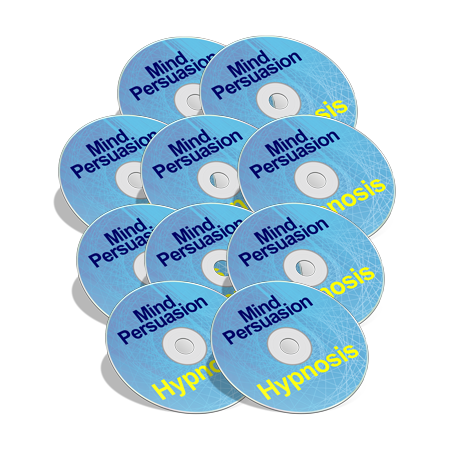House Of Mirrors
I was reading this book the other day. It was a non-fiction book, one that makes stop every couple of pages and think, or maybe take notes. The guy that writes this has this way of making you really reflect on what you’re reading, now. The book is about language, and anytime you use language to talk about language, it has this self-reflexive hypnotic effect. Kind of like when you stand between two mirrors, you can see yourself going back into infinity.
One of the things this book was talking about was the theory of recursion as being a test for a “human” language. Recursion is kind of like a nested loop inside of a sentence, where you have one entity, or thought, inside another. Instead of saying “the tiger ate her,” you could say “the tiger the girl who was running” to further expand on “her.” Or you could say “the tiger ate the girl wearing the blue shoes who has running.” According to Chomsky, language has the possibility of an infinite level of recursion.
They were comparing human language to the alleged “language” they teach chimps, which is supposed to show the humans aren’t the only ones that can master communication. Unless you consider the sentence “me banana banana me me me banana banana banana me me me banana banana,” an acceptable sentence in (any language) those chimp trainers have got a long way to go.
There was that scene in planet of the apes where they “expert” was on TV trying to explain the complexities of time travel. He showed some guy painting a picture of the sunset. But if it were an accurate picture, he would have to put himself in the picture. But then if that were an accurate picture, he would have to paint a picture of himself painting a picture of himself, and so on.
Infinite loops are everywhere.
There was this king once in Europe several hundred years ago. He hired a mathematician to figure out some problem, and as a model the mathematician studies the theoretical growth of rabbits. Starting with two rabbits, and assuming that each pair of rabbits make a new pair every month, he came with what is now called the Fibonacci sequence. Perhaps you’ve heard of it if you’ve read the DaVinci Code. The sequence is 0,1,1,2,3,5,8,13 etc. Can you see the pattern? Each number is equal to the sum of the previous two numbers.
What’s cool is if you plot it on a graph, starting with zero in the center, an interesting pattern emerges. Go up one, and draw a point. Then go to the right one (the next number) and draw another point. Then go down 2 (the next number) and draw another point. Then go to the left 3 (the next number) and draw another point, and keep this up. Pretty soon you’ll have this nice spiral that expands outward as you continue to draw points and connect. The particular mathematical shape of this spiral is found everywhere in nature. The curve of breaking waves at the beach, ram’s horns, flowers. There are even those that use this sequence to predict (fairly accurately) the movement of stocks and other financial securities.
Another cool part of the Fibonacci sequence is what’s known as the “golden mean.” If you take any one number in the sequence, and divide it by the previous number, you’ll get about .6, give or take. This ratio is also found everywhere in nature, as well as human constructions. The length divided by the width of the Parthenon in Ancient Greece gives you the golden mean. So do the width and height of any crucifix or Christian cross you see. Also your height and the height of your belly button, as well as your height and the length of your outstretched arms.
Now is there a connection? Is there a reason that a fundamental test for “human” language is it’s recursiveness, and that there are several recursive patterns that repeat themselves over and over again in nature?
I would suspect there is. If you look at flowers, they grow out naturally in the Fibonacci pattern. Our brains are comprised of neurons and dendrites that appear very much like vines, or plants growing outwards. So it would make sense that our language, which is a manifestation of our brains, would obey the same rules as various naturally occurring systems in nature.
There is another theory regarding the structure of the universe. This theory, which has been called the holographic universe theory, states that the structure of the universe is identical regardless of what size you are looking at. Taken its name from a hologram. A hologram is a specially etched piece of glass, and when you shine a laser through it, it will produce a three dimensional image. If you shatter the glass into a million pieces, they will produce not a shattered three-dimensional image, but a million smaller three-dimensional images.
The basic shape and structure of an atom is the same as the solar system. One center, and bunch of things spinning around the outside of it.
So the question I’ll leave you with is this:
Is the holographic theory of the universe accurate, does the universe really behave in the same way regardless of what size chunk you are looking at?
OR
Are we humans, with our limited capacity for measuring the physical universe based on the limitations of our sensory organs, merely seeing everything the same based on those constraints? If so, what really is out there?

Whay do you thing that documentaries have this popularity these days?